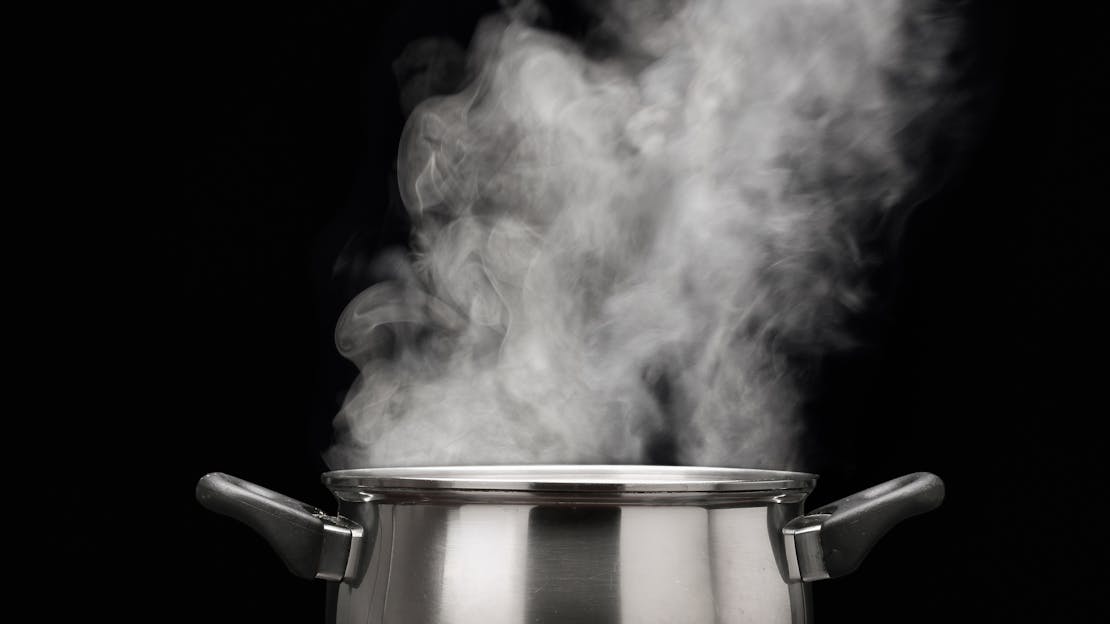
Mastering the Art of Condensation Control: Essential Tips for Induction Cooking
Induction hobs offer numerous advantages, from faster heating times to precise temperature control. However, a common issue that can arise is condensation buildup during the cooking process. Condensation not only affects the efficiency of your cooking but can also lead to a messy kitchen. In this article, we'll explore some essential tips to help you reduce condensation and optimise your induction cooking experience.
Understanding Condensation in Induction Cooking
Condensation occurs when steam from cooking food comes into contact with cooler surfaces, such as the cookware or kitchen walls. Factors such as high cooking temperatures and the type of food being prepared can contribute to condensation buildup. Not only does condensation hinder cooking efficiency by trapping heat, but it can also create a damp environment that promotes the growth of mould and mildew.
Tips to Reduce Condensation in Induction Cooking
Use Proper Cookware: Select cookware with tight fitting lids to trap steam effectively. Additionally, opt for pots and pans with higher walls to contain steam and prevent it from escaping onto the cooktop surface.
Adjust Cooking Techniques: Lowering the power setting and stirring food frequently can help release steam and prevent excessive condensation buildup.
Control Kitchen Ventilation: Use your cooker hoods to help remove steam from the cooking area. Opening windows can also promote airflow and reduce condensation.
Utilise Lid Positioning: Offsetting lids slightly or tilting them can allow steam to escape more efficiently, minimising condensation on the cookware and surrounding surfaces.
Monitor Cooking Time: Avoid prolonged cooking durations, as this can lead to increased steam production. Adjust cooking times based on the dish being prepared to minimise condensation buildup.
Maintain Proper Cleaning Practices: Regularly wipe down the induction cooktop to remove any buildup of moisture and food particles. Clean cookware lids thoroughly to prevent trapped moisture from contributing to condensation.
Advanced Techniques for Condensation Control
- Utilising Steam Baskets or Trays: Using steam baskets or trays can help contain steam and prevent it from escaping onto the cooktop surface.
- Employing Silicone Lids or Covers with Steam Vents: Silicone lids or covers with built-in steam vents allow steam to escape while still keeping moisture contained during cooking.
- Preheating Cookware: Preheating cookware before adding ingredients can help reduce initial condensation buildup by heating the surface and preventing rapid temperature changes.
- Experimenting with Different Cooking Methods: Trying different cooking methods, such as steaming or braising, can help minimise steam production and reduce condensation buildup.
Troubleshooting Common Issues
If you're experiencing persistent condensation problems despite following these tips, consider checking for potential equipment malfunctions or seeking professional assistance to diagnose and address any underlying issues.
Top Selling Hobs from MyAppliances
Discover the epitome of cooking versatility with our leading range of hobs, featuring induction, gas, and ceramic options. Engineered to meet the demands of modern kitchens, our best sellers combine innovative technology with sleek design to deliver exceptional performance every time. Explore our top picks today and revolutionise your cooking space.
